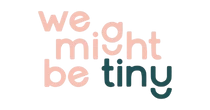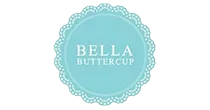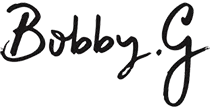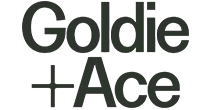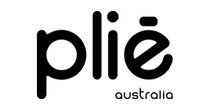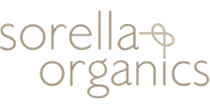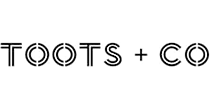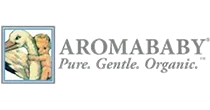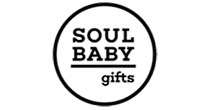6 Ways To Make Breastfeeding Easier Before You Have Your Baby

By Pinky McKay
“I will breastfeed – if I can.” This is such a common phrase and with breastfeeding horror stories almost as prevalent as scary birth stories, is it any wonder pregnant women have their confidence shot even before they meet their newborn?
Yes, breastfeeding can be challenging at first – it’s natural but it’s also a learned skill like riding a bike or driving a car. And you wouldn’t simply hop on a bike or get in a car and expect to cruise off without any instruction or preparation, would you? By preparing for breastfeeding you give yourself a much better chance of beating the ‘booby traps’ and getting through the early days more easily.
1) Learn about breastfeeding – before you have a crying, hungry baby in your arms and doubt in your heart.
Read a good book about basic breastfeeding - how milk is made, how to tell when your baby is hungry (look for signs such as putting his hand to his mouth, sucking noises and rooting towards your breasts), how to tell your baby is getting enough milk (tip: is he having heavy wet nappies? What comes out must have gone in), how boost your breast milk supply (see my free eBook, Making More Mummy Milk. Naturally’).
Watch videos of babies breastfeeding – Dr Jack Newman has some good videos on YouTube.
Go to a breastfeeding class – the Australian Breastfeeding Association offer antenatal breastfeeding classes and join a breastfeeding support group such as the ABA or an online group and talk to women who are breastfeeding happily so you can get positive, helpful information, rather than horror stories.
2) Get to know ‘the girls’
There are some factors that may make breastfeeding a bit more challenging but by being aware of how your own boobs look and any medical or physical issues that could affect or delay breastfeeding, you can see a lactation consultant before you have your baby and create a breastfeeding plan. This way, you are ahead of the game and ready to deal with problems as soon as they arise.
For instance, what shape are your nipples? Do they pop out easily for baby to attach or do you have flat or inverted nipples (this doesn’t mean you can’t breastfeed, just that you may need some extra help at first)? If you have PCOS, diabetes or thyroid disorders, have had late or minimal breast development during puberty or pregnancy, or have uneven sized or widely spaced breasts, this could signal possible challenges too, so discuss these with a lactation consultant.
3) Plan your support team
All new mothers need support however you feed your baby. A supportive partner is a huge factor in your breastfeeding success so first up, discuss with your partner how they can support you: taking time off work, censoring visitors, allowing you to rest, feeding you and being positive about breastfeeding – never asking ‘are you sure you have enough milk?’
Plan your support team and surround yourself with positive people who will encourage you and offer practical help such as meals, laundry and shopping.
4) Express colostrum
You can gain confidence in your boobs and your body by expressing colostrum (the yellowish fluid in your breasts before milk comes in) during the last few weeks of pregnancy (check with your health carers). This way, if there is any delay in your milk ‘coming in’ or your baby has low blood sugars (possible if you have diabetes), you can give this to your baby and avoid formula top-ups that can negatively impact your baby’s gut environment and your early milk supply.
5) Understand the ‘Booby Traps’
Sometimes, in a busy hospital, you may be rushed into situations that aren’t helpful to early breastfeeding. For instance, if a midwife reaches for your baby and pushes her onto your breast, put your hand up in a stop sign and ask, “Please can you guide me, I would like to try myself.”
If your baby seems to be having difficulty attaching to the breast, ask for a lactation consultant (most maternity hospitals have them on staff) to observe a feed, check your baby's latch and suck and also examine baby for tongue tie (they need to feel inside his mouth, not just see that he can poke his tongue out).
Your baby is likely to be cranky on his second night (he’s just realised he is ‘on the outside’), so you may be offered a bottle of formula. This can affect your baby’s gut environment as well as interfering with your body’s messages to produce milk.
Allow your baby to practice breastfeeding now, before your milk comes in. He is learning to coordinate sucking, swallowing and breathing before he has to deal with a fast flow of milk, and he is stimulating your breasts to start making milk.
Offer skin to skin cuddles as this will help baby feel calm and will boost your milk-making hormones. If you are exhausted, get your partner to hold your baby to help him settle.
6) Prepare your feeding station
Plan to do nothing else but rest and learn to breastfeed for the first two weeks. Set up a comfortable space to feed your baby, a comfy chair with a basket of goodies such as a water bottle (for you), health snacks (try Boobie Bikkies) breast pads, TV remote, phone, a book (if you can manage to feed one handed) and download some podcasts. If this isn’t your first baby, prepare some boxes of toys or busy bags with simple activities or small treats for your toddler that only come out at feed times.
Pinky McKay is Australia’s most recognised breastfeeding expert and gentle parenting advocate. She’s an Internationally Certified Lactation Consultant (IBCLC), mum of five and best-selling baby-care author. Pinky is also the founder and creator of Boobie Foods, all-natural and organic foods for breastfeeding mums.









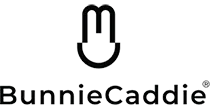










.png.webp)

.png.webp)





